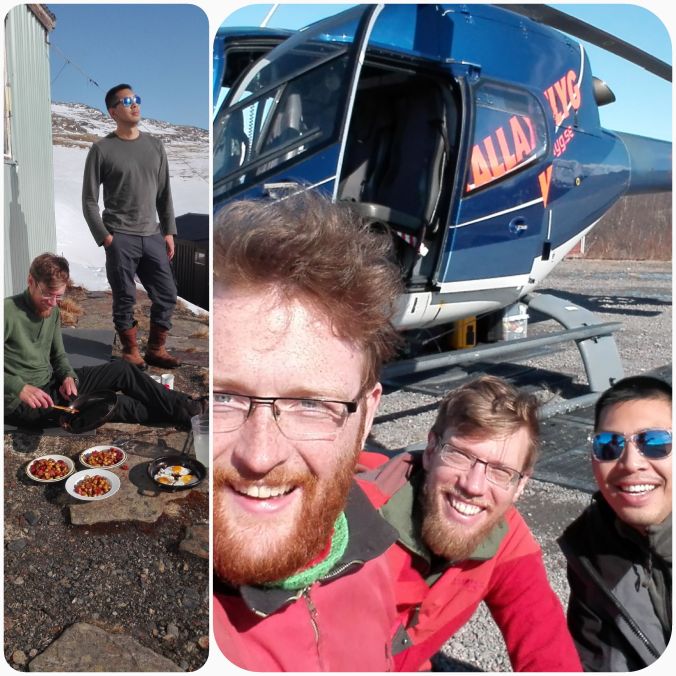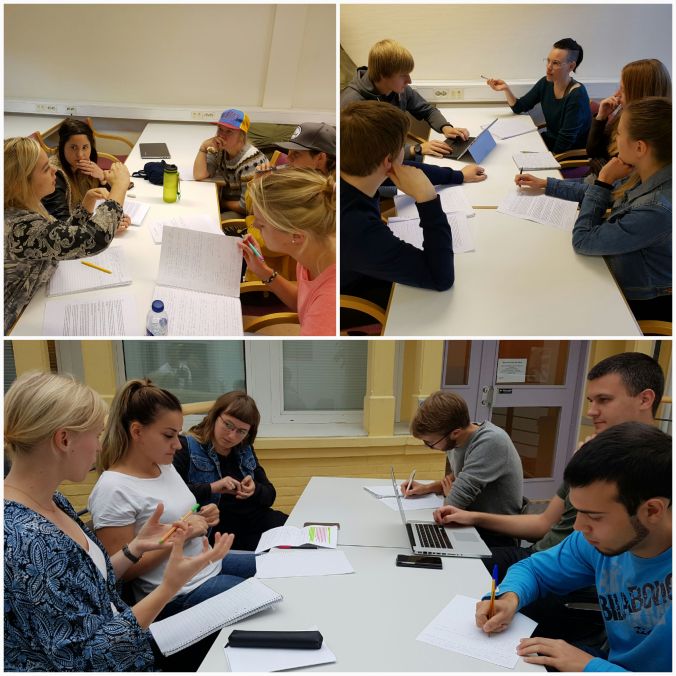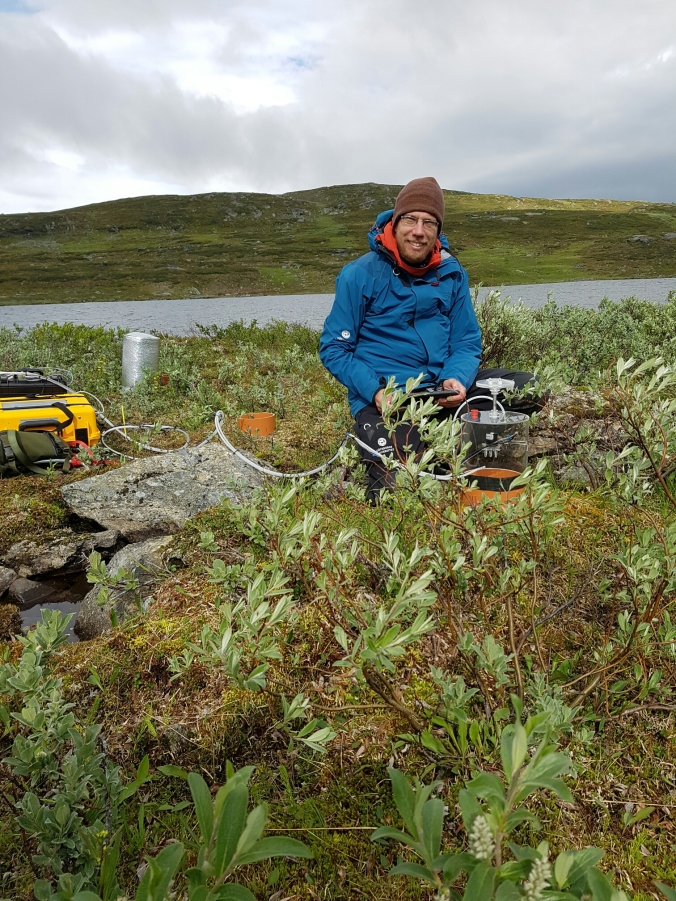To establish annual budgets for greenhouse gas fluxes is normally standard procedure, but for our Arctic ecosystems this has sometimes proven to be hard. Harsh weather conditions, inaccessible field sites and difficult terrain are obstacles scientists needs to deal with. During the project “Permafrost thaw – decadal responses to climate change” we follow three tussock tundra sites during, short time after and long time after permafrost thaw. The sites are located in the tundra areas near Abisko in the northern part of Sweden. Presently, researcher Dr. Mats P. Björkman and field assistant Hanna Axén are in the field capturing fluxes of methane and carbon dioxide at these sites. Despite temperature well below -20°C, the hard work is not the actually measurements, but the journey to reach the sites. The heavy loaded snow mobiles often get stuck on their way up the mountains, where the site at Latnjajaure is about 1000 m above sea-level, resulting in a lot of snow digging and frustration.
/Mats P. Björkman – APE@GU the tundra part of BLUES








